Quality Practices for Process Outages
This paper is an excerpt from the author’s contribution to a panel discussion at the
Marcus Evans 9th Annual Chem/Petrochem & Refinery Shutdowns and Turnarounds Conference, August 2017
For continuous manufacturing or process facilities, unplanned production disruptions are extremely costly. One way to avoid these is to make sure that all work done during planned outages meets quality standards. While a work quality program can have many components, we focus on a few critical ones, such as quality job planning, quality assurance and control resources, training, and quality procedures during outage work execution. Several examples of these quality program elements are presented and a few suggestions for quality metrics are offered.
Importance of Work Quality During Process Outages
I was once challenged by a top executive from an engineering and construction firm:
“What is the quickest method for completing any project?” “Do it only once!” he said.
I interpreted this to strive for no mishaps, interruptions, or rework. Anyone who works in the continuous manufacturing or process sectors is well aware of the high costs of unplanned outages and production interruptions. As a result, the quality of the work accomplished during planned outages is critical.
In this context, we’ll define quality during process outages as the procedures and resources used to ensure that all work accomplished satisfies the technical requirements that are set to achieve the intended reliability and run-length (time between planned outages) goals.
This definition can be broadened because the same procedures and resources can be used to ensure that the facility operates safely, in compliance with environmental regulations, and with minimal equipment degradation during production. Other areas where work quality has an impact include:
- Ability to satisfy production goals – rates, yields, and product characteristics
- Optimizing energy use during operation
- Preventing additional rework to rectify preventable issues, extending the outage
It goes without saying that poor quality during the execution of a process outage can cost a company a lot of money, if not much more. Some locations prioritize quality immediately after workplace safety.
Dimensions of Quality
Obtaining high-quality work involves a number of factors, each of which can have a different relative importance depending on the type of work involved, such as:
| Material procurement | Sourcing the correct materials; confirming they meet specification |
| Worker selection | Skills and abilities; in some cases, meeting regulatory requirements |
| Technical (engineering) standards | Set for the next planned outage to meet the safety, reliability, run-length, and production goals |
To minimize field rework and delays, the execution team needs clear instructions, including drawings and sketches, as well as extensive familiarization with the work – ideally with their early involvement during the planning phase.
Undoubtedly, there is a slew of other factors. In this paper, we look at a few quality practices that this author found to be critical to success during planned outages at a petroleum refinery, such as:
- Planning for quality
- Resources
- Training
- Quality during outage execution
Also included are a few quality metrics for the reader’s consideration.
Planning for Quality
A good job plan includes all of the steps and information needed to complete the task and meet all of the requirements. For the planners, this entails gathering all pertinent information from technical personnel, engineering experts, and equipment reliability specialists, among others. Inspection hold points or required measurements with specified tolerances are examples of this feedback. Some of these details, such as for major machinery overhauls, should be included in the job specifications of the execution contracts when applicable.
Figure 1 shows an example of such communication. In this case, the planned inspection of a process furnace.
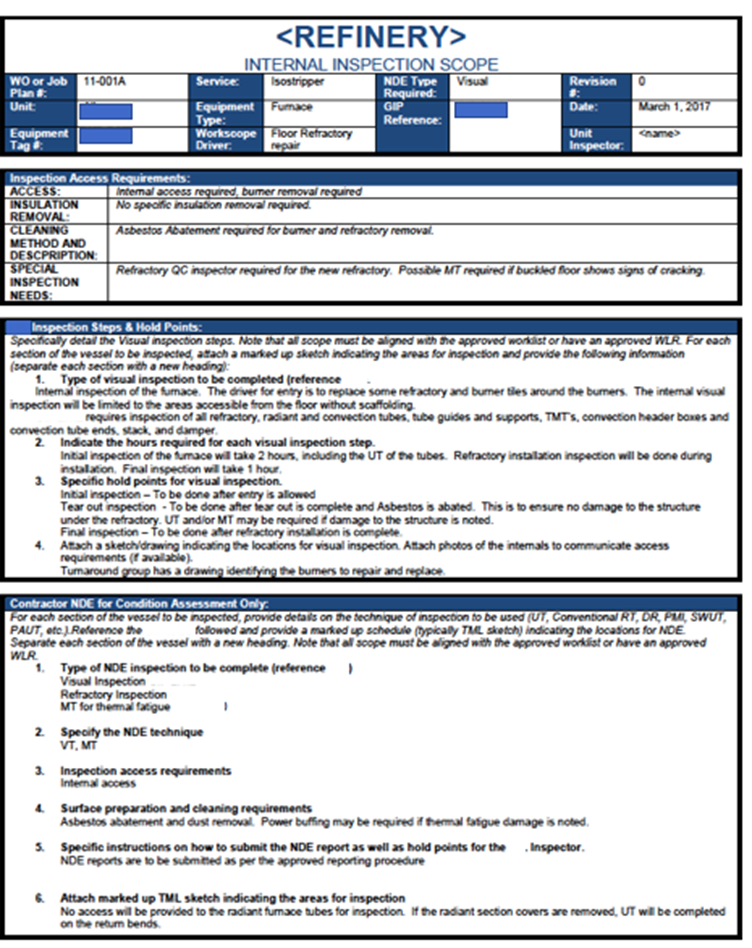
Figure 1: Example of planning input sheet for the (internal) inspection of a
process furnace from the fixed equipment / metallurgical specialists.
[Note: The following are included – Access requirements; inspection steps and hold points; inspection techniques (references to proprietary specifications removed). Also note that in this case, the specialists provided an estimate of the time required for the initial inspection. This was much appreciated by the planners.]
Consistent with better planning practices, the planner then includes these steps in the job plan. A plan for shell-and-tube heat exchanger work is depicted in Figure 2.
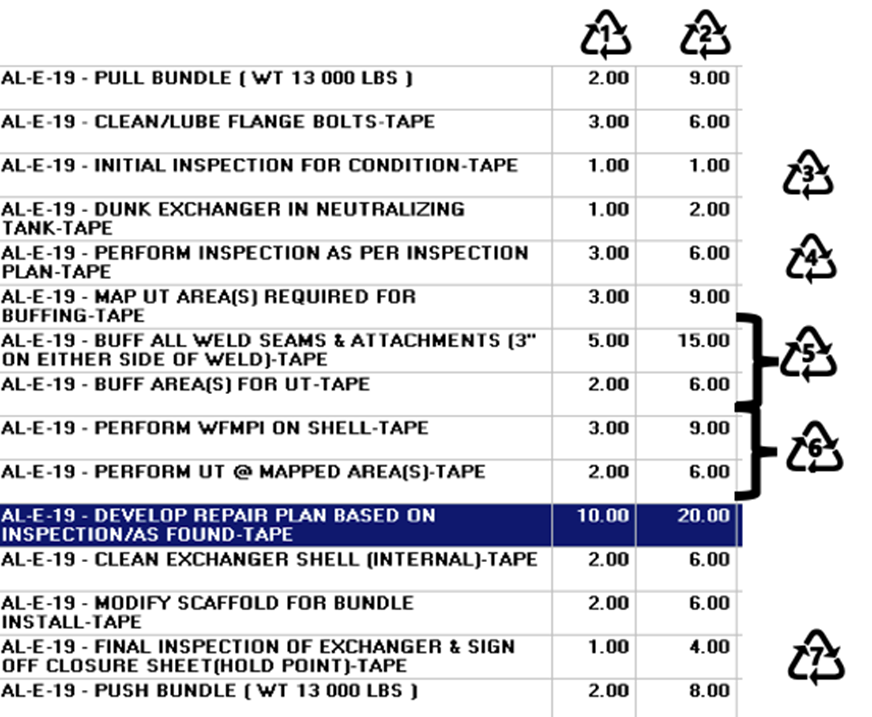
Figure 2: Example of a job plan for a shell-and-tube heat exchanger incorporating
all the quality steps, in this case a detailed metallurgical inspection
-
-
-
-
-
-
-
- Planned duration for each step, in hours
- Total planned hours for each step
- Initial inspection
- Full inspection
- Surface preparation steps
- Metallurgical inspection steps
- Final inspection, prior to reassembly
-
-
-
-
-
-
[Note: TAPE refers to the local planning standards manual]
Resources and Training for Quality
To ensure that all the outage’s quality objectives are achieved, you need enough capable staff. We review some of the more relevant ones (not an exhaustive list) below:
Process / Operations Technical Staff
The number of technical personnel assigned to the outage must be sufficient to cover all planned inspections and technical follow-up tasks, such as the development of repair plans. A better practice is to include a best-estimate of the required technical work effort in the job plans so that a complete work-effort histogram can be generated when the final schedule is developed.
We rely on more experienced process/operations technical specialists to train the less experienced ones, as well as contract or seconded staff from other locations. Figures 3a, 3b and 3c depict some examples of training materials that are commonly presented.
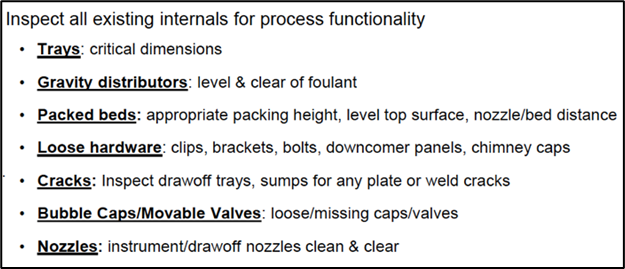
Figure 3a: Extract from the process / operations technical
training material on how to inspect a distillation tower

Figure 3b: Dimensional details for some of the internal equipment
of a distillation tower. Part of the technical training material

Figure 3c: Extract from the technical staff training
material on how to inspect heat exchangers
Metallurgical Inspection / Non-Destructive Testing Staff
The training mostly consists of familiarization with the site’s standards for equipment inspection and condition reporting, in addition to confirming the staff’s competencies (which should include regulatory requirements in many jurisdictions). Another important task is to assess the adequacy of the execution contractor’s Quality Assurance/Quality Control plans and procedures.
Equipment Walkdown Team
A better way to ensure the quality of work done during the outage is to assign a cross-functional team to inspect all jobs (work packages) once they are substantially completed.
Representatives from the following organizations typically comprise the team:
- Operations
- Maintenance
- Process Technical
- Equipment Inspector
- Equipment Reliability Specialist (when required)
Note: More than one team may be required depending on the size of the outage.
A number of checklists should be used by the team to ensure that the work is completed according to the plans and specifications. There is no detail that is too minor to be overlooked.
Figures 4a to 4d are a few examples of the checklists and supporting material shared during this team’s training.
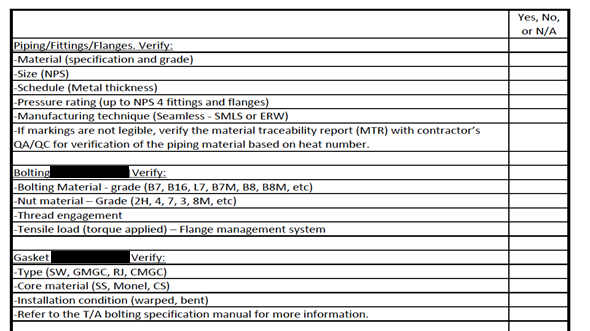
Figure 4a: Walkdown checklist for piping circuits (extract)

Figure 4b: Training material for fixed equipment gasketing (extract)
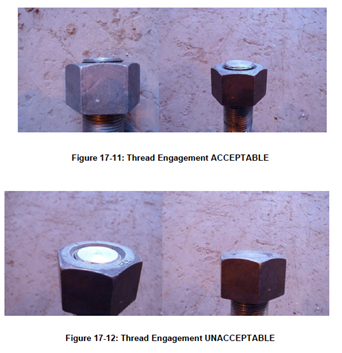
Figure 4c: Training material on proper bolting (extract)

Figure 4d: Walkdown checklist for instrument loop (extract).
This form is also used for commissioning the instrument
Deficiencies noted by the walkdown team are recorded and classified as either needed before start-up or to be completed at a later date.
Quality During Outage Execution
Below are highlights for a few quality practices typically followed during outage execution
Equipment Inspection Tracking
This simple tool is used to keep track of all the important steps involved in inspecting, repairing, and testing fixed equipment.
While these steps are detailed in the job plan and individually tracked (progressed) in the planning tool, we discovered that this ‘duplicate’ tracking helps prevent any confusion about the job’s status and avoids unnecessary rework – see Figure 5 for an example.


Figure 5: Example of Equipment Inspection Tracking. Note that this
also includes some of the post-outage documentation requirements
Bolted or Screwed Connections Quality Assurance
Those of us who work around hazardous liquids or gases understand the importance of properly assembled bolted or screwed connections. While these systems are typically pressure tested before being returned to service, there are a few best practices that can be followed to avoid rework due to undetected poorly bolted or screwed connections.
To begin, tightening method specifications must be explicitly detailed and communicated (Figure 6).

Figure 6: Flanged tightening requirements (extract). Torque or
tensioning specifications are also specified, including for screwed connections
An inspection tag is attached at each location to ensure that the flanged connection is completed as specified, with an independent check completed as part of the pre-commissioning steps (Figure 7).

Figure 7: Flanged connection installation and inspection tag
When working with hazardous materials, the importance of bolted or screwed connections cannot be overstated. For a good reminder, I direct readers to the US Chemical Safety Board Incident No. 2014-02-I-CA (more details in the reference section).
Job Completions and Closures
Every individual job, regardless of size or location, is subjected to a rigorous work process in which designated representatives from the operations, maintenance, or technical teams, as applicable, sign off on the work. When it comes to, say, electrical or instrumentation work, the term “closure” may be misleading, but it is used for consistency’s sake. For all discovery or found work, closure documents are also prepared. Examples of such documents are shown in Figures 8a and b.
A crucial step in the pre-commissioning and start-up process is to double-check that all closure documents have been signed off.

Figure 8a: Equipment Closure Sheet for high-voltage electrical work. First sign-off column is for
Instrumentation (Instr), Electrical (EL) or Major Machinery (Rotating) maintenance groups. Note that Inspection
and Mechanical are not required to sign-off since these disciplines are not involved in this work

Figure 8b: Equipment Closure Sheet for instrumentation work
Quality Metrics
A few metrics should be considered to help the site understand its outage quality performance. Targets for acceptable or anticipated results can be set in advance when necessary. Below are several examples:
During the Outage:
- Rework, including the number or percentage of welds that need to be repaired
- Non-conformances in terms of quality. All disciplines and equipment classes will be affected. These would include non-compliance with material, procedure, and engineering standards, among other things
- Quality incidents. These could include missing specifications or necessary procedures discovered during the outage
After the Outage
- Start-up delay caused by a defect to inspected or repaired equipment
- Production slowdowns caused by a defect to inspected or repaired equipment. This is typically attributed for a certain period of time after start-up, for example, 90 days
Conclusions
During process outage work, work quality should be treated with the same importance and rigor as other aspects of performance, such as workplace safety. To get better results, you’ll need to do the following:
- Well-thought-out job plans that incorporate all quality steps
- Enough and the right kind of resources to perform quality assurance and quality control tasks
- Appropriate training for outage team members
- Clearly defined work processes to ensure that work quality is maintained during the outage
- In the spirit of continuous improvement, a handful of key quality metrics
Reference Information:
U.S. Chemical Safety Board February 12, 2014 and March 10, 2014 Sulfuric Acid Release Incidents No. 2014-02-I-CA. “The report concluded that the sulfuric acid release on February 12, 2014 resulted from the failure of a ¾-inch diameter stainless steel tubing connector that came apart due to insufficient tightening between a tube and a compression joint at the sulfuric acid sampling station.”
For a similar but more recent incident: Transportation Safety Board of Canada, Pipeline transportation safety investigation report P20H0023, https://www.bst-tsb.gc.ca/eng/rapports-reports/pipeline/2020/P20H0023/P20H0023.html
Have a question or wish more information, please click the link below:




